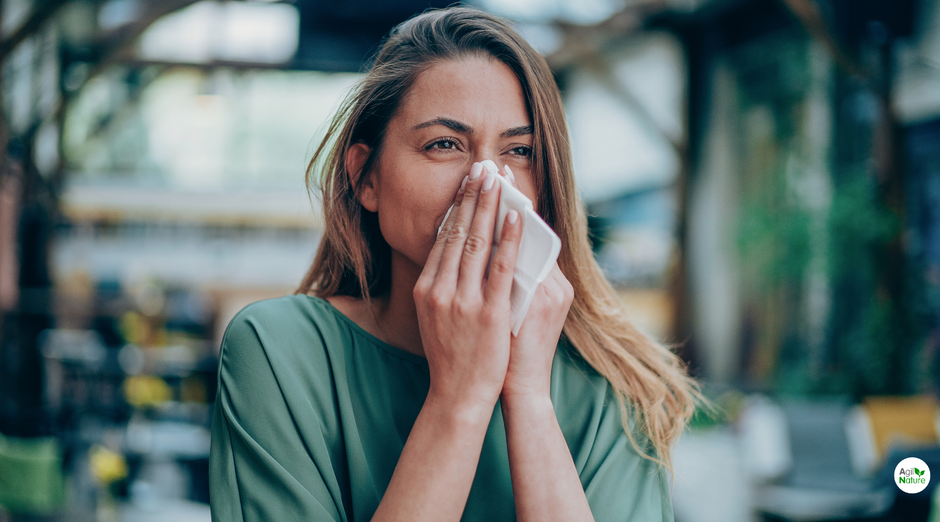Since ancient times, various measures have been carried out with the aim of internal cleansing of the body. Since metabolic end products were compared with waste products, the term "detoxification" became established.
Why a cure?
The human body is a true marvel. Every day he is busy keeping us healthy and fit and achieves immeasurable things. In addition to the immune system, the metabolism has to do most of the work. Stress, hustle and bustle, the environment, lack of exercise, stimulants and poor nutrition can throw our metabolism out of balance over time. This is usually a gradual process. Due to the accumulation of metabolic end products, our body becomes increasingly acidic. In many studies, the late effects of hyperacidity (acidosis) are associated with typical lifestyle diseases and mood disorders. So like that stimulate metabolism?
Metabolism begins at the cellular level
Most methods usually focus on non-specific activation of the performance of the liver, kidneys and intestines without considering the biochemical mechanisms at cell level. But these biochemical relationships are the basic requirement for a successful, health-promoting cure. Because the biotransformation process1) starts at the cellular level. To dispose of substances, our body uses a number of highly specific enzyme systems that can be detected in our cells in different concentrations.
The 3 phases of biotransformation
Scientists have recognized that the biotransformation in our body takes place in 3 phases.
Phase I: Metabolic end products that cannot be excreted directly through the urine or stool accumulate in our body again and again. Because these substances are usually lipophilic, i.e. hardly or not at all soluble in water. In phase I of the biotransformation process, the lipophilic substances must therefore be brought into an excretable, i.e. water-soluble form. This is done using a sophisticated enzyme system. These processes produce reactive intermediate products that can also have toxic effects. Therefore, phase II of the biotransformation process is essential.
Phase II: In phase II of the biotransformation process, the metabolic end products and any intermediate products are neutralized using specific enzymes, i.e. prepared for final excretion. Phases I and II occur in the liver.
In the last phasethe metabolic end products are actively discharged from the cells. Once the conversion and neutralization of the substances is complete, they are transported to the kidneys or intestines. It is important to support the functions of the excretory organs so that the metabolic end products are eliminated as quickly as possible.
Vital substances promote metabolism
The enzymes that convert, neutralize and eliminate metabolic end products in phases I and II of the biotransformation process react very sensitively to an undersupply of bioactive substances. The activity of one of the most important enzymes in our body, the so-called glutathione peroxidase, depends on an adequate supply of the trace element selenium. Secondary plant substances, such as glucosinolates, increase the activity of the enzymes in phases I and II. Glucosinolates are mainly found in broccoli sprouts, cress, Brussels sprouts and horseradish. However, nowadays these types of vegetables are rarely consumed in sufficient quantities or lose their effectiveness due to incorrect preparation methods. Highly concentrated concentrates and extracts produced using patented processes can help here. Flea seed husks and stinging nettle leaves are ideal for promoting the functions of the bowel and kidney excretion organs: Flea seed husks swell in the intestines and thus increase intestinal activity. Nettle leaves support kidney activity and promote renal excretion.
Build up after a cure
After a cure, it is advisable to take probiotics. As a result, the intestines, which have previously been cleaned of metabolic end products and bacteria, are rebuilt with "good" bacteria. These form an optimal intestinal flora to counteract bacteria.
Detox tips:
-
Make sure you drink plenty of fluids during a cure. Water or unsweetened herbal teas are best.
-
Exercise, especially in the fresh air, is good. Even a daily walk in the forest helps to stimulate digestion and strengthen the immune system.
-
Treat yourself to rest and relaxation. It should be eight hours of sleep a night.
-
Massages and sauna sessions support the metabolism. In addition, they are good for the soul.
literature
Martin, M. : Acids, bases and detoxification in naturopathic practice. Ralf Reglin Verlag. Cologne 2005
explanation
Biotransformation is a process in which non-excretable substances are converted (transformed) into excretable substances by chemical processes and can be divided into three phases (phases I, II and III). In the process, lipophilic endobiotics and xenobiotics (organic compounds foreign to the organism) are converted into hydrophilic substances so that they can be excreted via the kidneys or bile. Source: "Biotransformation" https://de.wikipedia.org/wiki/Biotransformation, retrieved on 08/12/2014.









